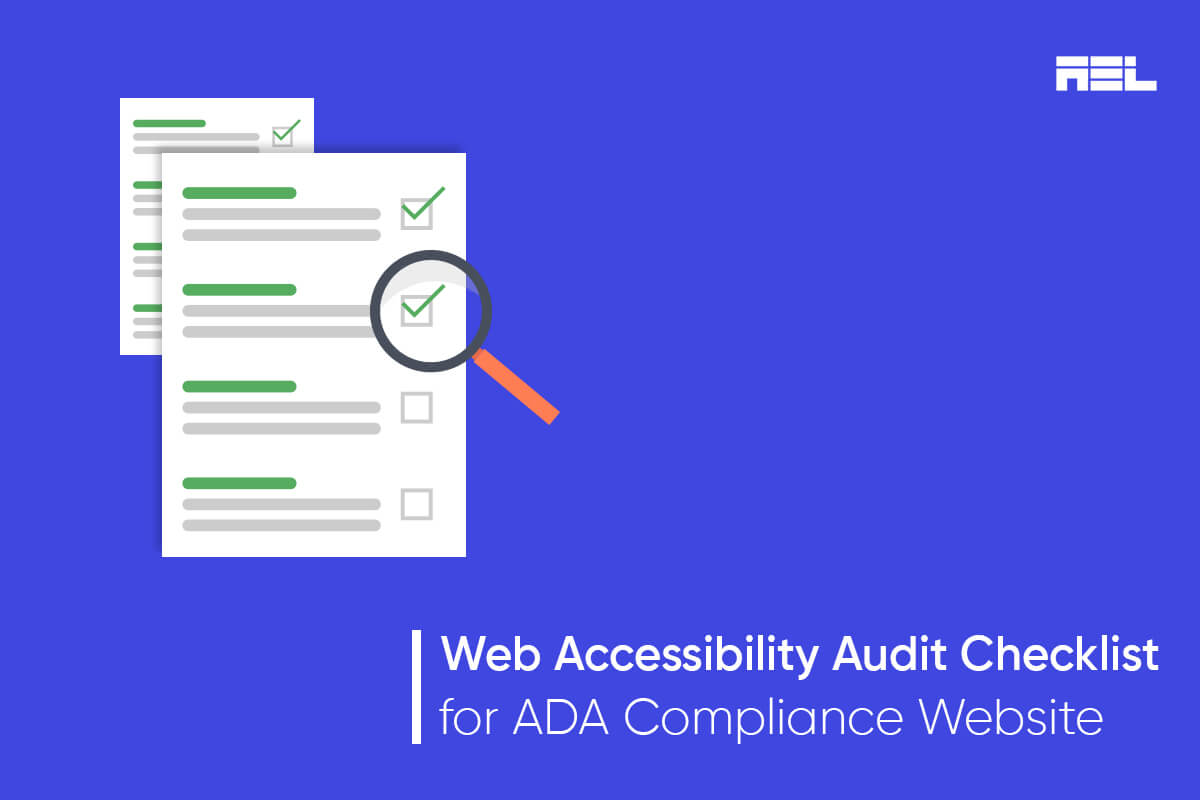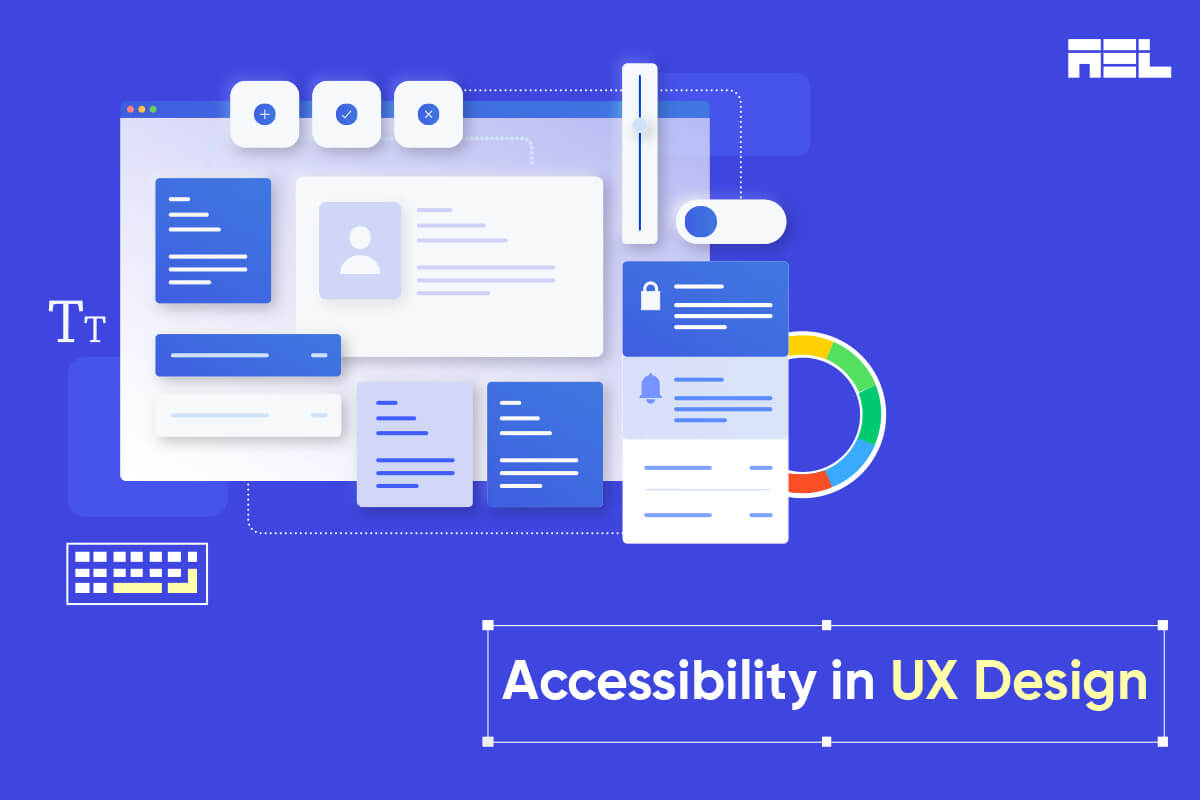Design shapes our interactions with the world and each other, and it can create barriers or opportunities for different groups. Inclusive and universal design principles help create accessible, diverse, and human-centered products and environments.
Designers should focus on creating digital products catering to a wide range of users and move away from preconceived notions of “typical” users. They should consider people as unique, diverse individuals with varying abilities and environments. UX designers can use inclusive design principles to create user-friendly products that meet accessibility guidelines, considering the diversity of experiences that may exclude users from using interfaces effectively. This blog unravels the difference between universal and inclusive design with case studies to help you understand it better.
Table of Contents
Understanding Universal Design
Universal design ensures a product or tool is accessible to the largest number of users, regardless of their ability, disability, age, or gender. This approach involves incorporating flexibility, intuitive navigation, and tolerance for errors. Design flexibility can include dark mode, text size and font changes, and intuitive navigation.
Accessibility is a crucial aspect of universal design, ensuring no unnecessary barriers for users of varying cognitive, physical, and technical abilities. It requires continuous evaluation, testing, and listening to user feedback from different demographics. Sharing user experiences is critical to mainstream products, as it improves usability and provides convenience for everyone. Universal design aims to make products and environments usable by as many people as possible, considering the diversity of human needs and preferences.
Embracing Inclusive Design
Inclusive design aims to reach more people who experience exclusion from the status quo by focusing on diverse experiences that might prevent them from comfortably using a product. It is a methodology or ideology in design rather than a checklist of features to implement. Inclusive design is not just about accessibility but also about diversity and equity. It challenges designers to question their assumptions and biases and to co-create solutions with users rather than for them. For example, a social media platform that allows users to customize their profiles, control their privacy settings, and report abusive content is practicing inclusive design.
Identifying User Needs and Challenges
Both universal and inclusive design requires a deep understanding of user needs and challenges. The best approach to this is through user research and testing. Research involves data collection, i.e., interviews, surveys, etc. In comparison, testing requires evaluating products and services with real users and getting feedback on core areas such as usability, functionality, etc.
User research and testing help developers gain a deep understanding of the problem and solve it accordingly. They also help designers generate ideas, validate assumptions, measure outcomes, and iterate on solutions. Furthermore, having a representative sample of users from different backgrounds, abilities, contexts, etc. dramatically enhances product design efficiency.
Overcoming Design Constraints
Design constraints are limitations or restrictions that affect the design process or outcome. They can be internal or external factors, such as budget, time, technology, regulations, culture, etc. They can be seen as obstacles that hinder creativity or innovation and force designers to compromise on quality or functionality or to abandon some ideas altogether.
However, design constraints can also stimulate creativity and innovation, encouraging designers to think outside the box and foster collaboration. Designers must identify them early in the project scope to overcome them effectively. They should prioritize them based on impact, communicate them clearly, and accept feedback constructively, not as a burden.
Case Studies
To illustrate the difference between universal and inclusive design in practice, let’s look at some case studies of products or environments that apply one or both approaches.
Airbnb
Airbnb is a platform that helps travelers find affordable short-term or long-term homestays and experiences. Their website and app design both reflect universal and inclusive design principles. The design incorporates universal features such as straightforward navigation, responsive layout, high contrast, and accessibility options. The invention includes inclusive design features such as diverse imagery, personalized recommendations, and community reviews. The design aims to provide a seamless, enjoyable, and inclusive experience for users with different travel preferences, needs, and backgrounds.
Microsoft Inclusive Design Toolkit
Microsoft Inclusive Design Toolkit is a set of resources and tools that help designers create more inclusive products and services. It was developed by Microsoft’s Design Practice team in collaboration with researchers, educators, and advocates. The toolkit consists of three parts:
- An introduction to inclusive design
- A set of activities to practice inclusive design
- A bunch of examples of inclusive design in action
The toolkit incorporates universal design features such as simple language, visual aids, and downloadable formats. The toolkit also contains inclusive design features such as user personas, exclusion scenarios, and co-creation methods. The toolkit aims to educate, inspire, and empower designers to consider the diversity of human abilities, needs, and perspectives in their design process.
The Future of Design
Artificial Intelligence (AI) is rapidly gaining a foothold in designing and developing most products and services. Developers may miss out on creating a product faster when they don’t leverage AI in their development process. An AI-driven design will help you quickly identify potential barriers users face while accessing your products. It will also help you create customized experiences for different users. There are multiple benefits associated with AI-powered designs, such as identifying user behavior, how they interact with the product, etc.
Despite these benefits, AI has some drawbacks. For example, it may make assumptions about user preferences based on small sample sizes and provide incorrect recommendations to developers. Therefore, an accessibility expert must always supervise it, and the organization should ensure that the user’s data is secure and private.
Wrapping up
Although both universal and inclusive design focus on improving the user experience, universal design is extensive and may only be the right fit for some users. Inclusive design accommodates both typical users and people with unique circumstances. Understanding inclusive and universal design can help create more accessible, diverse, and human-centered products and environments. We hope our article helped you differentiate between universal and inclusive design and integrate them accordingly in your products.
Still, trying to figure out where to start?
If you want to implement an accessibility strategy, starting with a customized solution for your needs is best. Let’s talk: info@aeldata.com.



